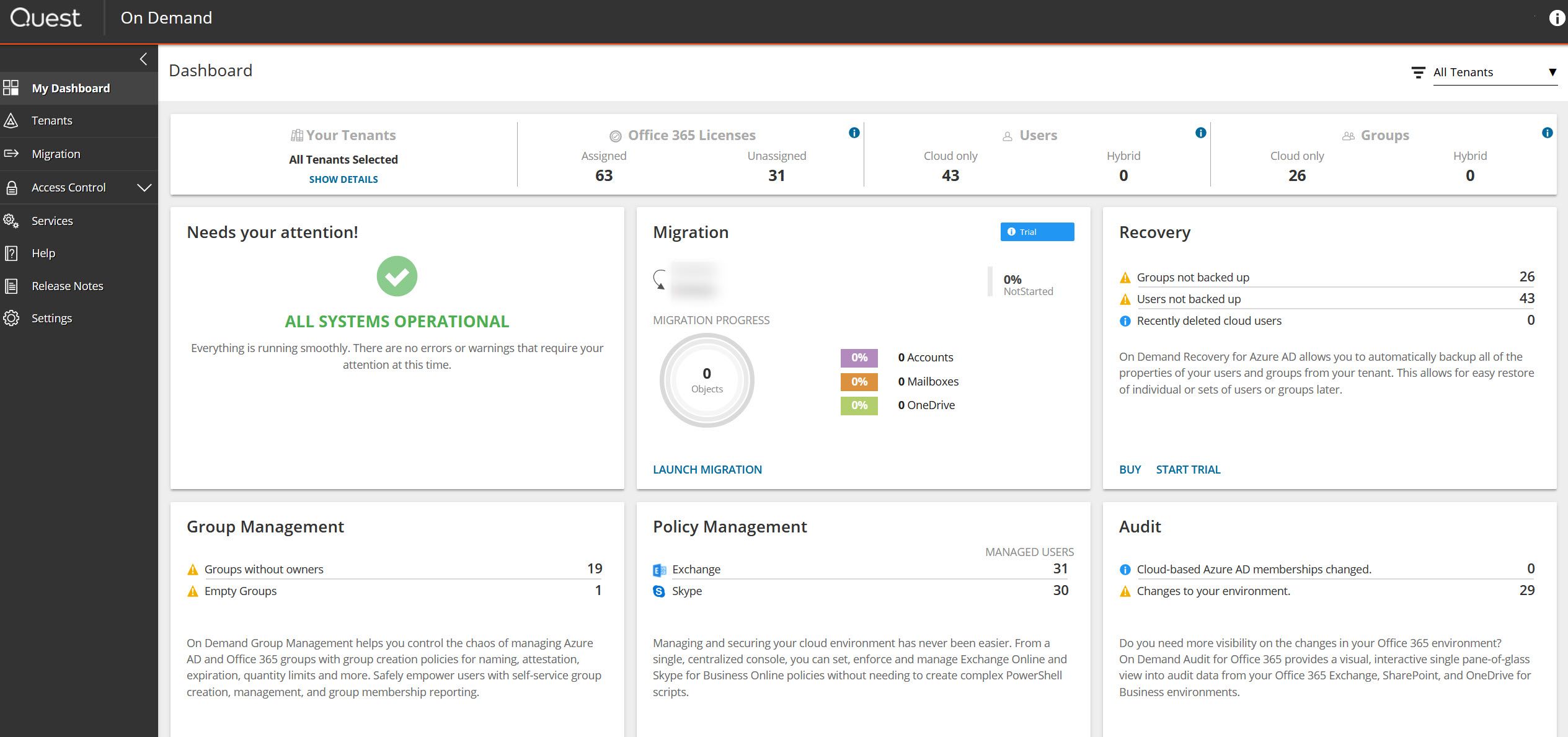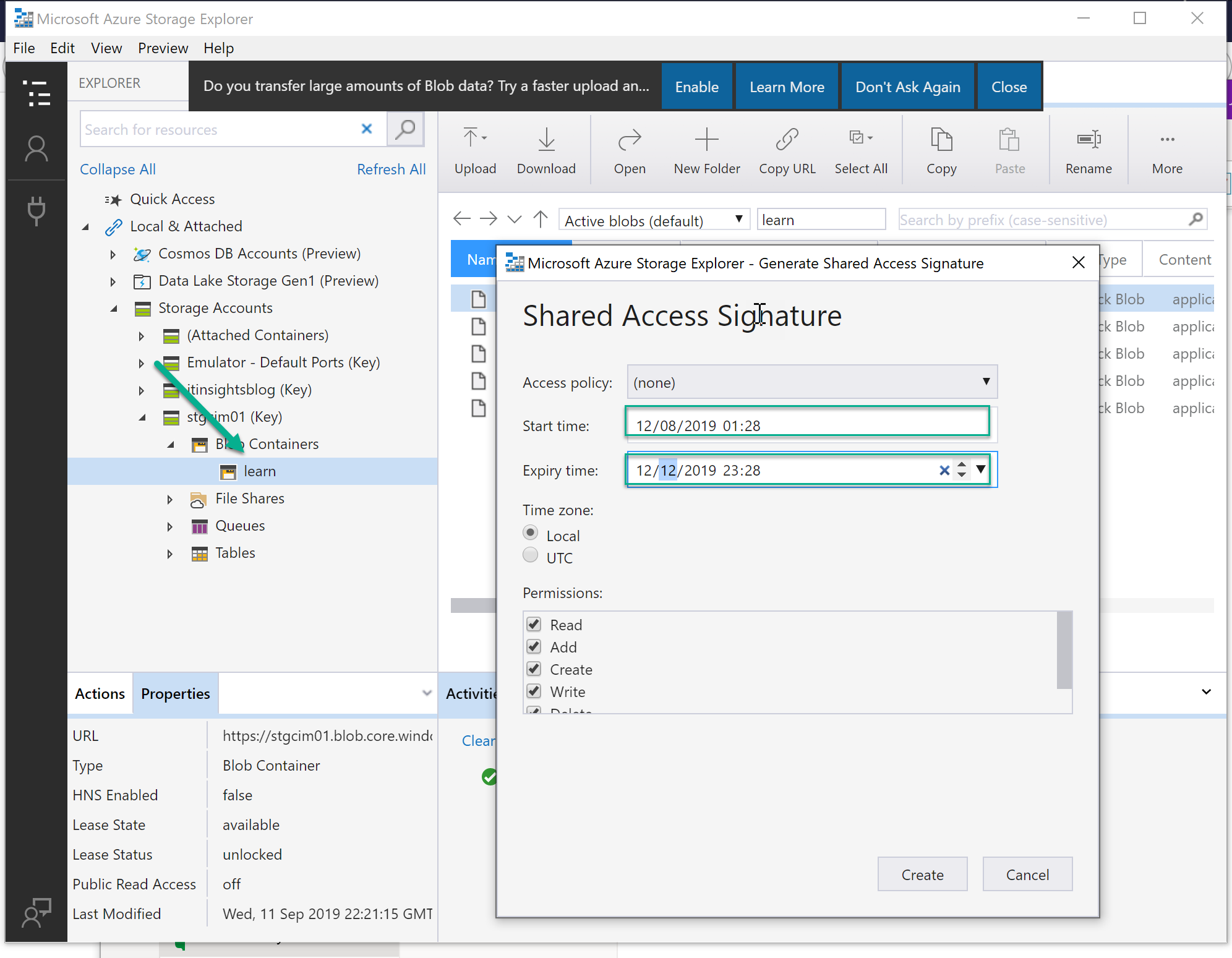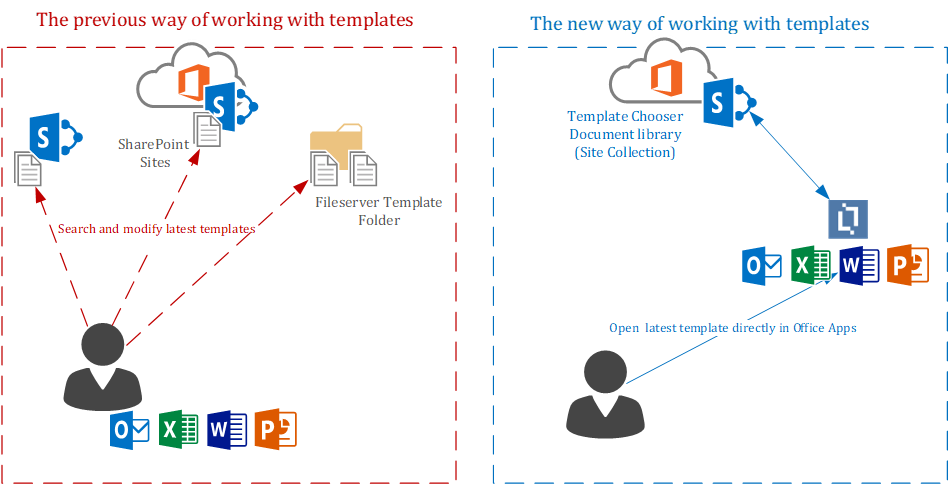
PowerShell
PowerShell 7 Overview
On the 5th of April 2019, Steve Lee announced two things, the general availability of PowerShell Core 6.2 and the the next major version, PowerShell 7.\nIn this post we will keep track of the changes in PowerShell 7 and will provide an overview of the new lifecycle management.




